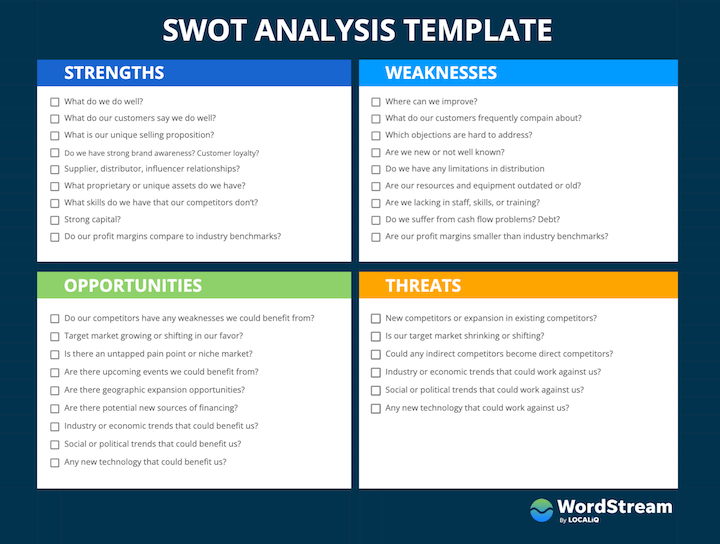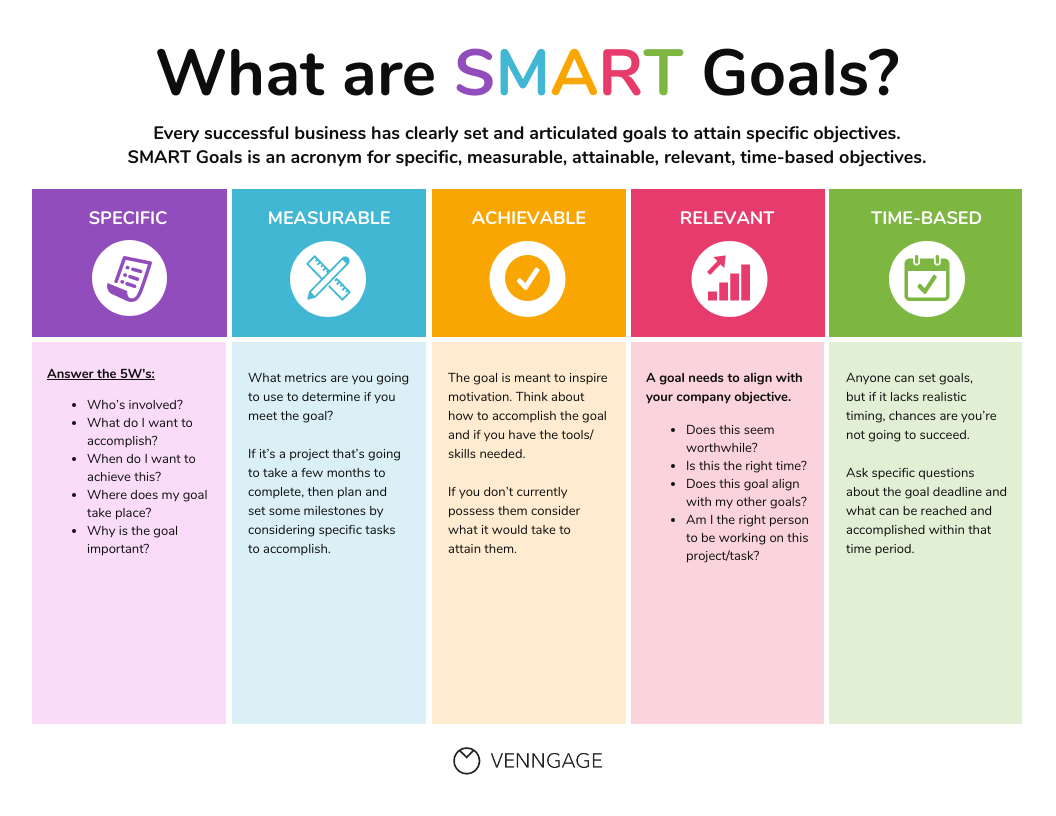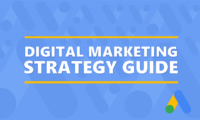Crafting the perfect marketing plan for your business can seem like a daunting task, but it doesn’t have to be! With the right guidance and a step-by-step plan, you can make sure your business is reaching its full potential. This guide will provide you with the tools and resources you need to create a comprehensive and effective marketing plan. By the end of this guide, you will have the knowledge to create an effective roadmap that will help you reach your desired goals. You will learn the key components of a successful marketing plan, how to analyze your competition, and how to maximize your return on investment. With the right plan, you can be sure that your business is well-positioned to succeed. So let’s get started and learn how to craft the perfect marketing plan for your business!
What is a Marketing Plan?
A marketing plan is a set of strategies and actionable tactics designed to achieve your business goals. It outlines what you’re doing now, what you plan to do in the future, and how you expect to get there. Marketing plans help you understand your target audience, analyze your competition, define your goals and objectives, develop your marketing strategy, create a budget and timeline. A marketing plan is especially important when you’re trying to grow your business. No matter what stage your company is in, a solid marketing plan can help you stay on track and set you up for long-term success. Marketing plans are most effective when they’re tailored to your specific business and industry. There’s no one-size-fits-all marketing strategy. Every company is different, and requires a different approach and set of strategies. Crafting the perfect marketing plan means recognizing your company’s strengths and weaknesses and working to improve upon them. It also means knowing your customers and providing them with the solution they’re looking for.
Assess Where Your Business Is Now
A great exercise many businesses go through to assess their current situations is to perform a SWOT analysis. So, what is a SWOT analysis?
A SWOT Analysis is an important tool for businesses of all sizes. It is a simple yet powerful strategic planning tool used to evaluate the Strengths, Weaknesses, Opportunities, and Threats of an organization. The goal of a SWOT Analysis is to help businesses identify areas where they can improve and capitalize on their strengths. By recognizing their weaknesses, businesses can take steps to address them, and by understanding their opportunities, they can better position themselves for future growth. The Threats section of a SWOT Analysis allows organizations to recognize and prepare for any external factors that could negatively affect their success. By understanding their SWOT Analysis, businesses can create a clear path to success. The image below shows a good breakdown and checklist for a SWOT analysis.

Identifying Your Target Audience
One of the first things you’ll want to do when creating a marketing plan is to identify your target audience. This will help you understand who you’re marketing to and how you can best serve their needs. It will also help you identify your competitors and highlight their strengths and weaknesses. What are your customers’ demographics ? This means you’ll want to know their age range, gender, marital status, education level, etc. You’ll also want to understand their financial situation and occupation. This will help you tailor your marketing message to each customer based on their specific needs. It will also help you target your marketing strategies to specific groups and avoid wasting time and resources on groups that aren’t interested in your product or service. What are your customers’ motivations ? Next, you’ll want to identify your customers’ motivations. What are they looking for? What do they want out of a product or service? How do they make purchasing decisions? Understanding these things will help you tailor your marketing message to appeal to your target audience and improve your sales.
Analyzing Your Competition
Every business has competition, even if they don’t realize it! You can’t just sit back and hope that customers come to you—you have to go after them. Before you can do that, you need to know who your competition is and where they’re currently falling short. This will help you identify the weaknesses in your industry and formulate a plan to capitalize on them. It will also help you identify your strengths and find ways to improve upon them. What are your competitors’ strengths ? First, analyze your competitors’ strengths. What are they doing well? What are their biggest advantages? How are they different from your business? Once you’ve identified your competitors’ strengths, you can work to minimize them by providing customers with a better alternative. This will help you stand out from the crowd and win over new customers. What are your competitors’ weaknesses ? Now you’ll want to analyze your competitors’ weaknesses. What are they missing? What parts of their business could be improved? How can you capitalize on their shortcomings? Just as you would with their strengths, you’ll want to find ways to minimize your competition’s weaknesses to help you stand out from the crowd and win over new customers.
Defining Your Goals and Objectives
After you’ve identified your target audience and analyzed your competition, you’ll want to define your goals and objectives. This will help you set realistic expectations for your marketing plan and make sure you’re pursuing the right strategies. It will also help you stay focused and prioritize the most important areas of your marketing strategy. All marketing campaigns should have specific goals and objectives. When creating your marketing plan, start by asking yourself: Why are we creating this marketing campaign? What do we hope to achieve? What do we want our customers to do as a result of our marketing efforts? These are all good questions to ask yourself when setting marketing goals. Your objectives should be SMART (specific, measurable, attainable, relevant, and timely). With clear and specific goals, you can measure your success and make adjustments as necessary.

Developing Your Marketing Strategy
Now that you’ve identified your target audience, analyzed your competition, and defined your goals and objectives, you can develop your marketing strategy. This will help you decide which marketing channels to focus on, what content to produce, and what resources you need to make it all happen. This is where your strengths and weaknesses will come into play. Your marketing strategy should take both into consideration as you determine where you should focus your energy. Your marketing strategy should include multiple marketing channels and tactics. Your marketing plan should be as comprehensive as possible and include all the ways you plan to attract customers, increase brand awareness, and drive sales. When creating your marketing strategy, think about everything you can do to bring attention to your business. From paid ads and email marketing to social media and content marketing, there are a ton of ways to market your business. Now it’s up to you to decide what is best for your company.
Creating a Budget and Timeline
Now that you’ve identified your target audience, analyzed your competition, defined your goals and objectives, and developed your marketing strategy, you can create a budget and timeline. This will help you follow through with your marketing plan and make sure you’re reaching your customers on the terms that are best for your business. Your marketing plan should include the cost of every marketing channel and tactic. This will help you stay on budget and make adjustments as needed. A marketing timeline will help you stay on track and keep your expectations realistic. It will also help you identify any areas in which you may need to adjust your strategy so that everything is executed according to your plan. Marketing doesn’t happen overnight, but with the right plan, you can be sure that you’re reaching your customers on their terms and optimizing your return on investment.
Conclusion
Now that you’ve created a comprehensive marketing plan, it’s time to put it into action! While a written plan is helpful, nothing beats experience. You can read as many marketing guides as you want, but you can’t truly understand the industry until you’ve experienced it firsthand. Marketing your business takes time, effort, and patience. You can’t expect results overnight, and you can’t expect them to be exactly as you hoped. It’s important to stay focused and keep an open mind as you work to improve upon your strengths and minimize your weaknesses. When it comes to marketing, it’s not a one-and-done type of deal. It’s an ongoing process that requires dedication and attention to detail. With the right marketing plan in place, however, you can be sure that your business is well-positioned for success.



